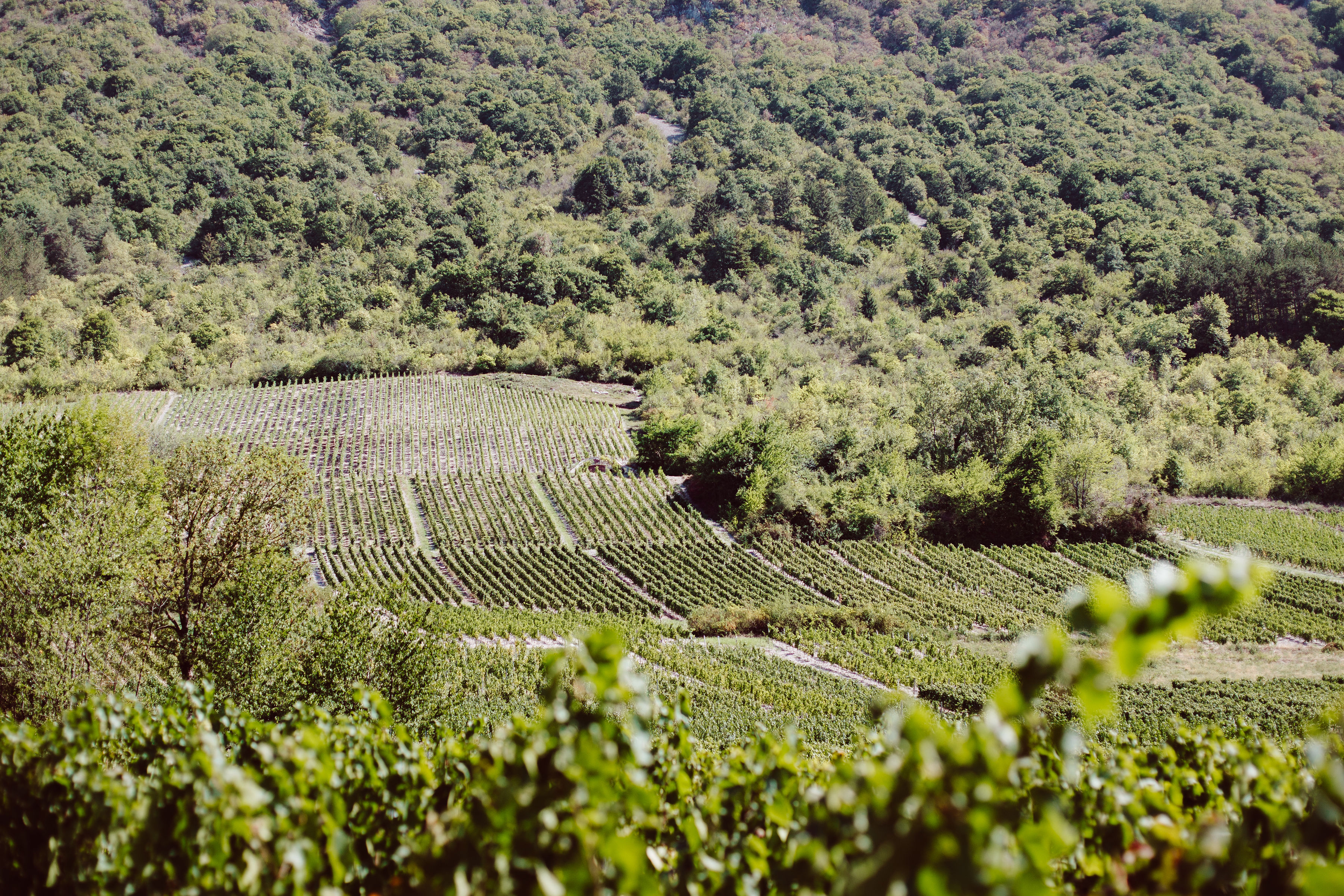Saint-Nicolas-de-Bourgueil PDO
Saint-Nicolas-de-Bourgueil, a fruity and tasty red wine from the Loire
It is certainly the Loire red wine with the greatest reputation. Saint-Nicolas-de-Bourgueil AOC is produced only in the commune that bears its name, which is an exception in this immense vineyard that runs from Burgundy to the Atlantic. The appellation saint-nicolas-de-bourgueil is often confused with its neighbour, the AOC bourgueil; they share the same passion for the emblematic grape variety of the Loire, the cabernet franc which gives all their qualities to the wines produced here.
General presentation of the appellation saint-nicolas-de-bourgueil
The vineyard is located within the boundaries of Saint-Nicolas-de-Bourgueil, a small commune in the Indre-et-Loire region between Tours and Angers. The AOC belongs to the Touraine vineyards and is located in the heart of the Loire Valley, on the right bank of the river. The appellation area is adjacent to the AOC Bourgueil, which is also dominated by red wines. It faces the prestigious Chinon appellation.
The thousand hectares of vines of the AOC Saint-Nicolas-de-Bourgueil are mainly composed of Cabernet Franc, a grape variety locally called "Breton". Cabernet Sauvignon may be added to the vineyard up to a limit of 10%.
As with Bourgueil, there are different types of wines depending on their terroir. Near the river, on about 800 hectares, the soils are composed of gravel and sand; they offer supple and elegant wines. On the top of the hillside, on about a hundred hectares bordering the forest, the tuffeau soils give birth to structured, powerful and complex wines.
The AOC Saint-Nicolas-de-Bourgueil is mainly dominated by red wines. As in AOC Bourgueil, 2% of the production is also made up of rosé wines.
Characteristics of saint-nicolas-de-bourgueil
The red wines of the Saint-Nicolas-de-Bourgueil appellation have a brilliant, deep red colour, a purple colour that is sometimes almost black and is enhanced by violet hues.
The characteristics of the wines depend on the soil. Thus, the gravel wines are dominated by red fruit aromas, such as raspberry and wild strawberry. Violet is also very present. These fruity and greedy wines are supple and harmonious on the palate, with lively, fresh and refined tannins. They age for about 2 to 5 years.
Tuff wines are more robust, dense and fleshy. Their colour is often darker. The aromatic palette is marked by black fruits such as blackberries. Liquorice and spices are also often present. Full-bodied and tannic, these are wines that can be kept for 5 to 10 years.
Rosé Saint-Nicolas-de-Bourgueil are rare and can be kept for about 2 years.
How to taste a Saint-Nicolas-de-Bourgueil
The red and rosé Saint-Nicolas-de-Bourgueil AOC are convivial wines par excellence. They easily accompany a meal, so much so that Saint-Nicolas-de-Bourgueil is sometimes called "la redemande".
A red wine from this appellation of the Loire easily accompanies cold meats, white meats, grilled meats, fish en papillote, meat casseroles, game... As for cheese, it goes well with the strong flavours of a Brie or a Maroilles. For dessert, a Saint-Nicolas-de-Bourgueil can be served with red fruit or even chocolate.
As for the serving temperature, a red Saint-Nicolas-de-Bourgueil is best served at 15-17°, a rosé Saint-Nicolas-de-Bourgueil at 10°.
Laissez-vous tenter... par les autres appellations !
Le vignoble
